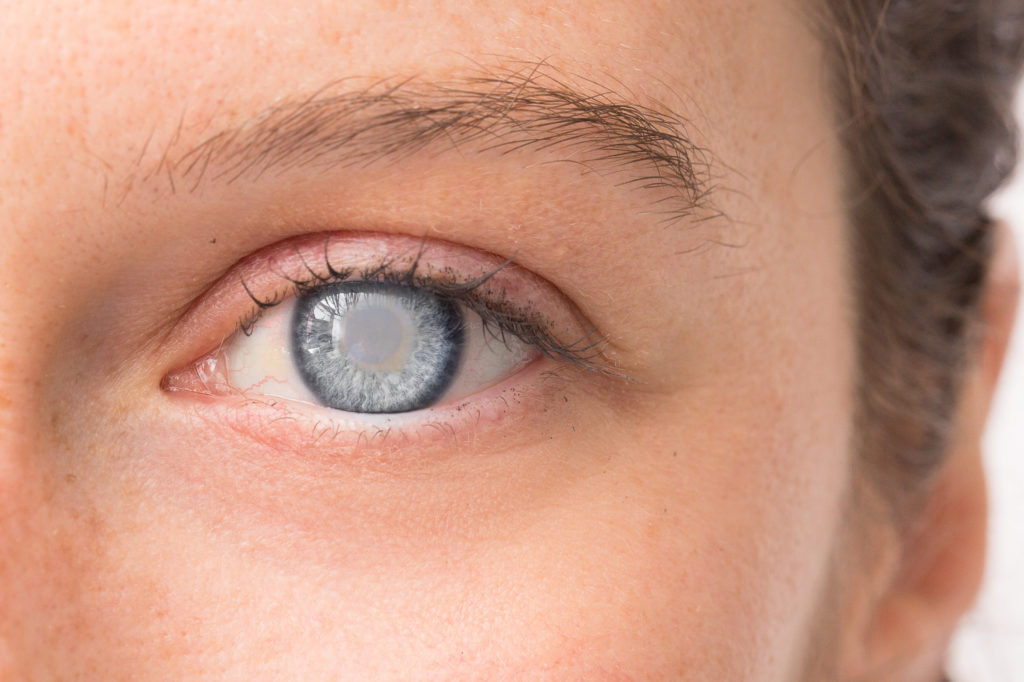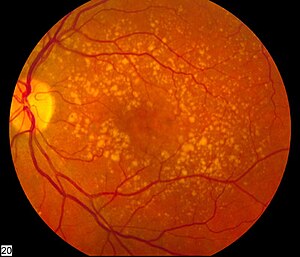Sunglasses - which protect our eyes from the sun's harmful ultraviolet (UV) rays - can prevent a variety of eye diseases including the leading cause of blindness.
Peeq is endeavoring to make a real impact on global eye health via its two-for-one commitment, for every pair of Peeq sunglasses purchased, a donation will go to a child in need.
According to the Journal of American Academy of Optometry OVS (Optometry and Vision Science): Five ocular disorders, independent clinical entities affecting different parts of the eye with distinctive histopathological features, are part of the same family of eye diseases because they share the same causal factors, of which the most important is molecular damage produced by sunlight. This family of eye diseases includes the major sources of impaired vision and blindness in our society, age-related cataract and age-related macular degeneration. Pterygium, photokeratitis, and cancer of peri-ocular skin are also sunlight-related eye diseases.
Cataracts
A cataract is a clouding of the lens of the eye which leads to a decrease in vision. Cataracts often develop slowly and can affect one or both eyes. Symptoms may include faded colors, blurry or double vidion. halos around light, trouble with bright lights, and trouble seeing at night. This may result in trouble driving, reading, or recognizing faces. Poor vision caused by cataracts may also result in an increased risk of falling and depression. Cataracts cause half of all cases of blindness and 33% of visual impairment worldwide. Read more about cataracts

Snow Blindness / Photokeratitis
Photokeratitis or ultraviolet keratitis is a painful eye condition caused by exposure of insufficiently protected eyes to the ultraviolet (UV) rays from either natural (e.g. intense sunlight) or artificial (e.g. the electric arc during welding) sources. Photokeratitis is akin to a sunburn of the cornea and conjunctiva, and is not usually noticed until several hours after exposure. Symptoms include increased tears and a feeling of pain, likened to having sand in the eyes. Read more about Photokeratitis
Pterygium
A pterygium is a pinkish, triangular tissue growth on the cornea of the eye. It typically starts on the cornea near the nose. It may slowly grow but rarely grows so large that it covers the pupil and impairs vision.Often both eyes are involved. The cause is unclear. It appears to be partly related to long term exposure to UV light and dust. Genetic factors also appear to be involved. It is a benign growth. Other conditions that can look similar include a pinguecula, tumor, or Terrien's marginal corneal degeneration. Prevention may include wearing sunglasses and a hat if in an area with strong sunlight. Read more about Pterygium
Eye Cancer
According to the Canadian Cancer Society: The sun is the main source of ultraviolet radiation (UVR). Sun exposure is a known risk factor for melanoma of the skin. Research has also linked it to melanoma of the eye (called intraocular melanoma) and squamous cell carcinoma of the conjunctiva. Scientists believe sun exposure might be a risk factor for eye cancer for several reasons. They note that melanoma develops in the areas of the eye that receive the most sunlight. They also point out that melanoma of the eye and melanoma of the skin share some risk factors, such as having light-coloured skin or eyes. Some evidence also suggests that people who work outside have a higher risk of developing eye cancer. Read more about eye cancer
Macular Degeneration
Macular degeneration, also known as age-related macular degeneration (AMD or ARMD), is a medical condition which may result in blurred or no vision in the center of the visual field. Early on there are often no symptoms. Over time, however, some people experience a gradual worsening of vision that may affect one or both eyes. While it does not result in complete blindness, loss of central vision can make it hard to recognize faces, drive, read, or perform other activities of daily life. Read more about macular degeneration






